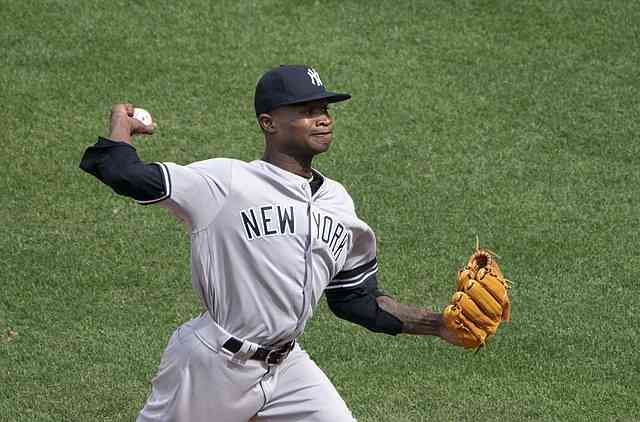By William Saletan – Slate Magazine
I’m a regular reader of Slate, which features smart often contrarian writing about politics, culture and lifestyle. One regular column is called Human Nature, by William Saletan, a writer who specializes in parsing semantics and finding new or clearer meaning. Human Nature is about science, which allows him range broadly over a variety of topics.
I used to be a fan of his, but I stopped reading him after he wrote an explosive series about race and intelligence, quoting eugenics theorists who say there is racial difference without revealing that they often had ties to racialist groups. Saletan was trying to get at the truth about evolution, race, intelligence, and discuss how we should deal with legal, social and moral issues that come with knowing that there are racial differences in intelligence. That’s perhaps a brave and worthy topic, if you’re being speculative, but Saletan wrote it up as if the issue had been settled scientifically. It certainly has not been, and to assert that it is was a horrible blunder that destroyed the trust I had him as a writer.
Today he writes a piece, a horribly naive series of questions about ARod and baseball’s steroids testing, that purportedly points out that PED use is inevitably broader than the number of people caught (doh!), but also uses a broad brush to make all sorts of implications that just a little work would have taught him were false.Â
The 2003 secret tests weren’t secret. They were part of a deal between MLB and the union. Everyone knew about them, and I’m pretty sure we can say there were no other agreed upon testing programs before 2003. To suggest that there were is just dumb.
If there were no other tests then the government didn’t seize any other results and the Union didn’t suppress them. If those things didn’t happen, and again, there is a nearly zero chance they did, to assert that they might have is just bogus and exploitative.
Saletan does talk about the allegations that Gene Orza, of the player’s union, warned A-Rod and others of the impending 2004 tests, as the basis for the union perhaps warning other players about other tests. Could have happened, I’ll give him that one.Â
But a time line in the NY Times today shows that the 2004 testing didn’t begin until July of 2004, and the 104 players who tested positive in 2003 weren’t tested until they had been informed they’d tested positive–in September! With just a few weeks of testing to go between being told of their 2003 positive tests and the end of the season, those players were in effect told when the tests would happen, without actually being told. It becomes unclear how explosive the charge against Orza could be in this instance, but we’ll have to see what develops.
The reason the 2004 testing started late was because the union and the owners disagreed about technical issues involving the tests and the definition of a positive test, according to the Times. No one knows why it took the union months to inform the players who tested positive in 2003 about that after federal investigators seized the urine samples in April 2004. And no one knows why the union didn’t destroy the samples, as it was legally allowed to do, once the results had been certified in November 2003, which would have ensured the player’s anonymity, which had been a crucial component of the 2003 testing.
(I have a question. I assume that no one knew which players tested positive until the federal investigators seized the samples, at which point it became necessary to find out who they were in order to inform them that the government had their names and their positive tests. But I don’t know that. I’ve never seen the point addressed directly. Or maybe I should go back and reread the Mitchell report. But unless that was the case then the results weren’t really anonymous anyway.)
But I’m getting off track here. The point is that Saletan ignores the facts and just makes stuff up, and while that doesn’t invalidate his overall point (that more players used than tested positive in 2003) and while he points out that what he’s suggesting isn’t necessarily true, it is really bad form that most of his questions almost certainly aren’t true. That’s just shoddy.



